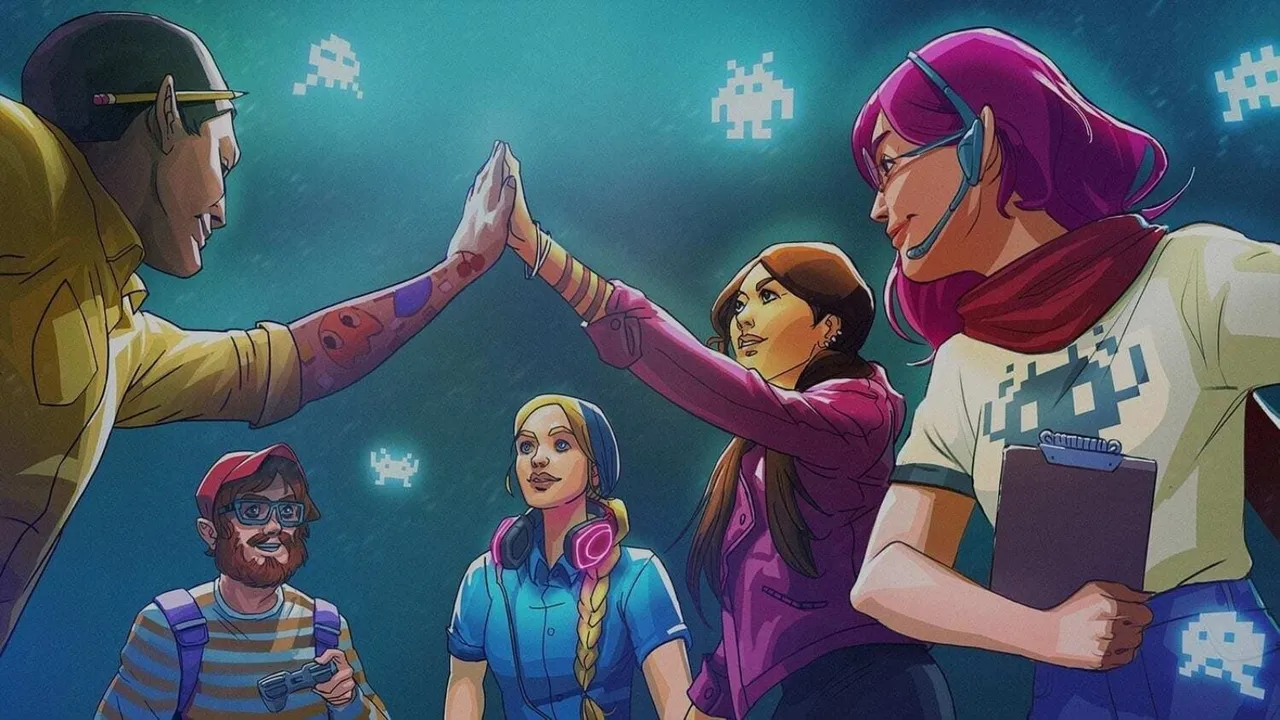How to become a Storyboard Artist in the Video Game Industry
Introduction
The video game industry continues to evolve, and with it, the demand for talented and creative professionals, such as storyboard artists, is on the rise. Storyboard artists play a vital role in the development process, creating visual representations of scenes and gameplay elements to guide the team. If you're interested in pursuing a career as a storyboard artist in the video game industry, follow these steps:
Education
While there is no strict educational requirement for becoming a storyboard artist, having a background in art, design, or a related field can be beneficial. Many storyboard artists hold a degree in fine arts, animation, or graphic design. There are also specialized courses and workshops available that focus on storyboarding techniques and principles.
Develop essential skills
To be a successful storyboard artist, you must possess a strong foundation in drawing and storytelling. Practice your drawing skills and learn various techniques, such as perspective, composition, and anatomy. Familiarize yourself with storyboarding software and tools, such as Photoshop, Sketchbook Pro, and Storyboarder. Understanding the video game development process and the role of a storyboard artist within the pipeline is also crucial.
Build your portfolio
Your portfolio is your key to showcasing your skills and attracting potential employers. Include samples of your best storyboard work, as well as any other relevant art pieces, such as character designs, environments, or animations. Demonstrate your versatility and ability to work in different styles and genres, as video game projects can vary greatly. Make sure your portfolio is easily accessible online and regularly updated with your latest work.
Network
Connecting with other professionals in the industry can open up new opportunities and help you learn more about the field. Attend industry events, such as game conferences, workshops, and meetups, and engage with others through online Discord servers and on social media sites like LinkedIn and X. Building a strong network can lead to valuable insights, collaborations, and job opportunities.
Gain experience
Experience is key in the competitive world of video game development. Seek internships, freelance work, or collaborate on small projects to build your resume and gain practical experience. Working on personal projects or participating in game jams can also help you develop your skills and showcase your passion for the craft.
Apply for jobs
Research studios and companies that align with your interests and skills and search for relevant entry-level jobs on Hitmarker. Tailor your application materials, including your resume and cover letter, to highlight your relevant experience and expertise. Be prepared for interviews and art tests, which are common in the hiring process for storyboard artists.
Stay up-to-date and adaptable
The video game industry is continually changing, and it's essential to stay informed about the latest news, trends, tools, and techniques. Attend workshops, read industry blogs, and participate in online communities to ensure you're always learning and improving your skills.
Conclusion
By following these steps, you can set yourself up for success as a storyboard artist in the video game industry. With dedication, passion, and the right skills, you can carve out a rewarding and creative career path in this dynamic and exciting field. Get started now by clicking here to see all of the relevant jobs we have on our platform.
-
 Landing a Summer Internship in the Video Game Industry: The Ultimate Quick Guide
Landing a Summer Internship in the Video Game Industry: The Ultimate Quick Guide -
 Entry-level Jobs in the Video Game Industry: The Ultimate Guide
Entry-level Jobs in the Video Game Industry: The Ultimate Guide -
 Junior-level Jobs in the Video Game Industry: The Ultimate Guide
Junior-level Jobs in the Video Game Industry: The Ultimate Guide -
 Intermediate-level Jobs in the Video Game Industry: The Ultimate Guide
Intermediate-level Jobs in the Video Game Industry: The Ultimate Guide -
 Senior-level Jobs in the Video Game Industry: The Ultimate Guide
Senior-level Jobs in the Video Game Industry: The Ultimate Guide -
 Getting into gaming: Strategies for landing your first game development job with Katherine Mould of Keywords Studios
Getting into gaming: Strategies for landing your first game development job with Katherine Mould of Keywords Studios -
 Art and Animation Jobs in the Video Game Industry: An Overview
Art and Animation Jobs in the Video Game Industry: An Overview -
 Business Operations Jobs in the Video Game Industry: An Overview
Business Operations Jobs in the Video Game Industry: An Overview -
 Communications and Marketing Jobs in the Video Game Industry: An Overview
Communications and Marketing Jobs in the Video Game Industry: An Overview -
 Content Creation Jobs in the Video Game Industry: An Overview
Content Creation Jobs in the Video Game Industry: An Overview -
 Game Design Jobs in the Video Game Industry: An Overview
Game Design Jobs in the Video Game Industry: An Overview -
 Game Development Jobs in the Video Game Industry: An Overview
Game Development Jobs in the Video Game Industry: An Overview